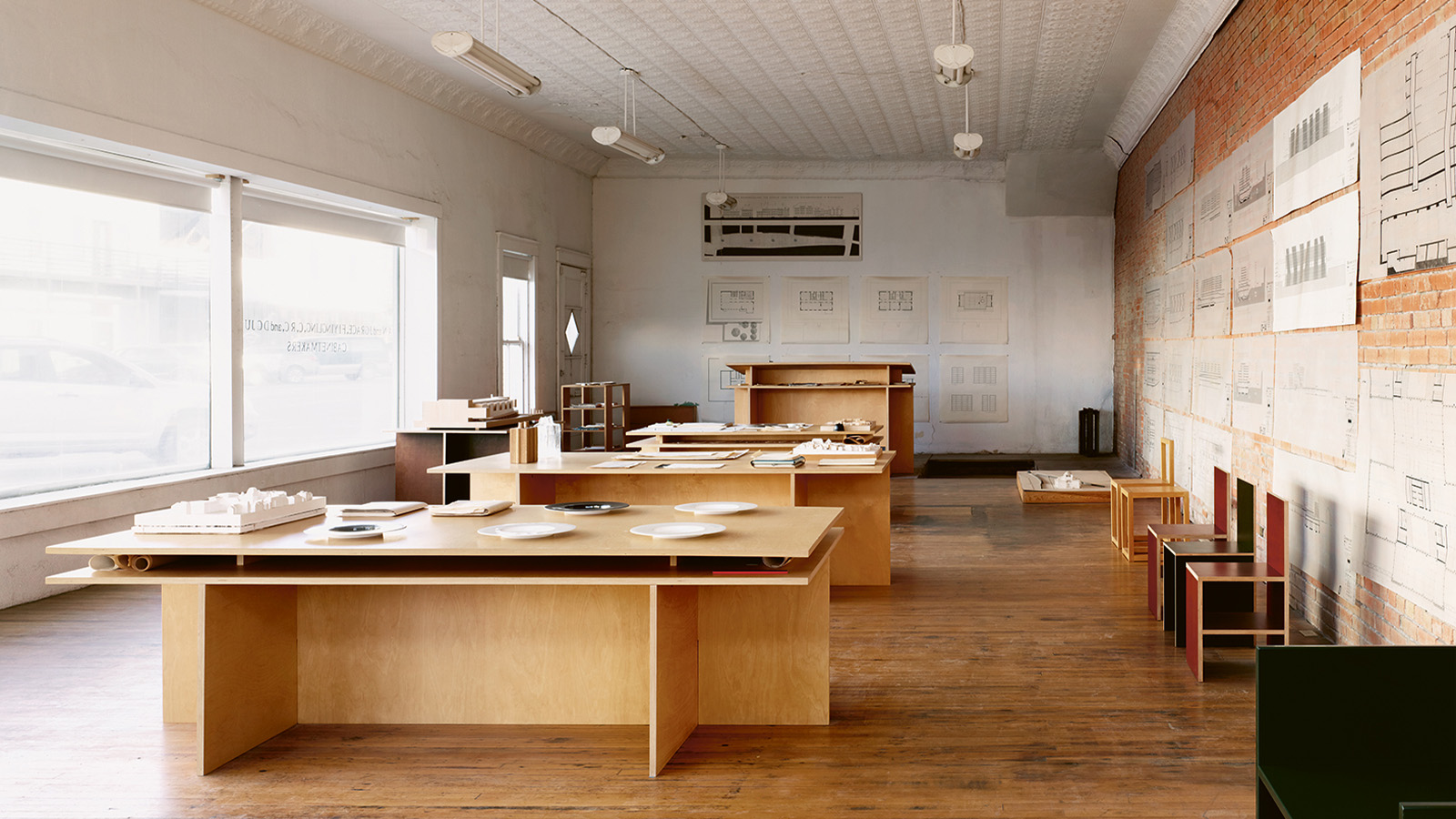
The artist Donald Judd didn’t hold back his criticisms of the furniture industry. 'It’s impossible to go to the store and buy a chair,' he lamented in a 1993 essay. He went on to say that after William Morris and Mission-style pieces went out of fashion, 'there has been no furniture which is pleasurable to look at, fairly available, and moderate in price'. Almost everything made since the 1920s – with a few exceptions – has been ‘junk for consumers', he wrote. (Ouch.) And all of this is why he spent decades perfecting the proportions, materials, and construction of chairs, tables, benches, bookshelves, desks, and beds.
Donald Judd Furniture includes more than 100 designs; almost all can be made order
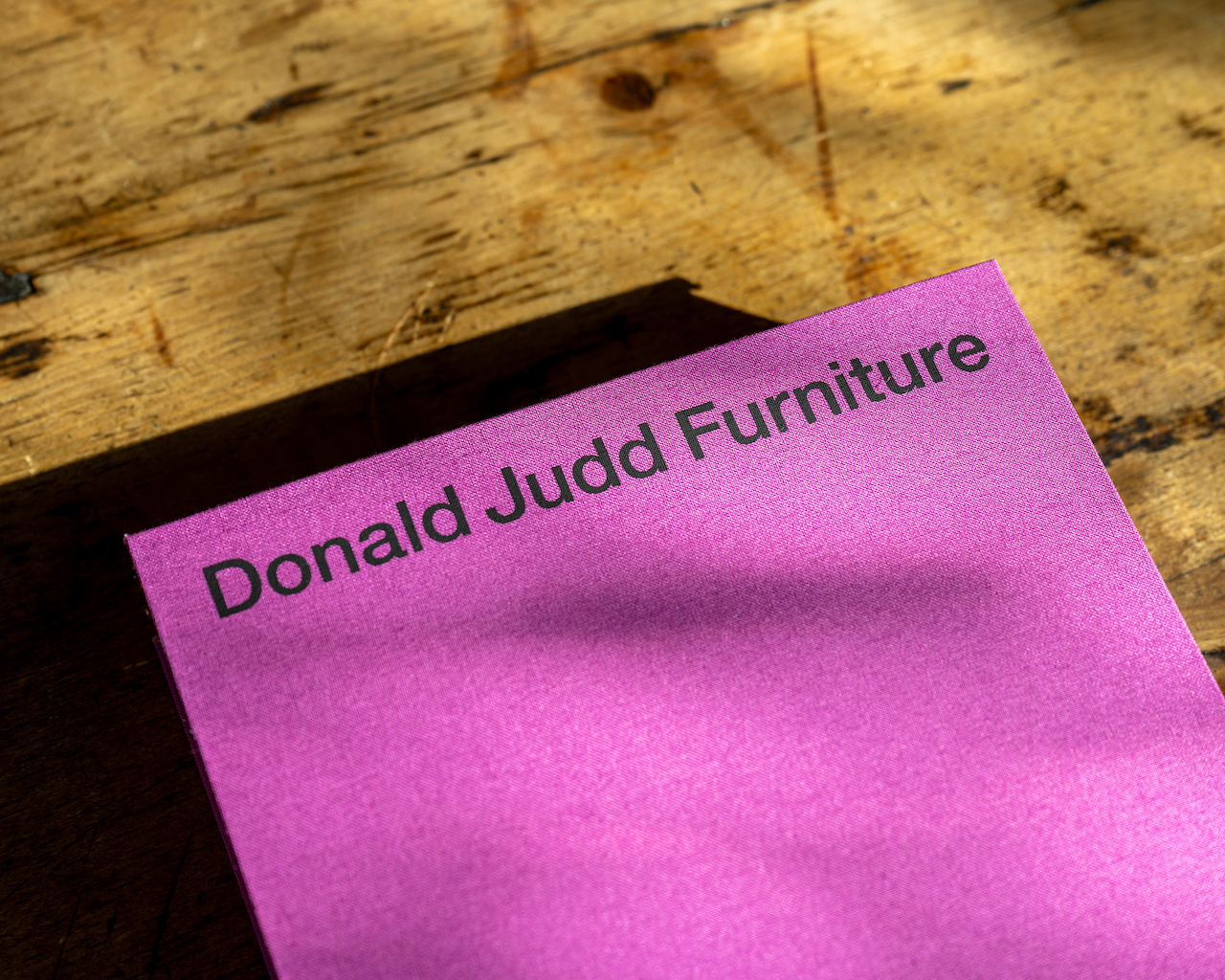
This essay, titled ‘It’s Hard to Find a Good Lamp’, is reprinted in Donald Judd Furniture, a stunning new book from the Donald Judd Foundation and MACK that catalogues the artist’s endeavors to make everyday objects that were both useful and satisfying to live with. It features more than 100 designs depicted in sketches and photographed in the artist’s homes and studios in New York and Texas.
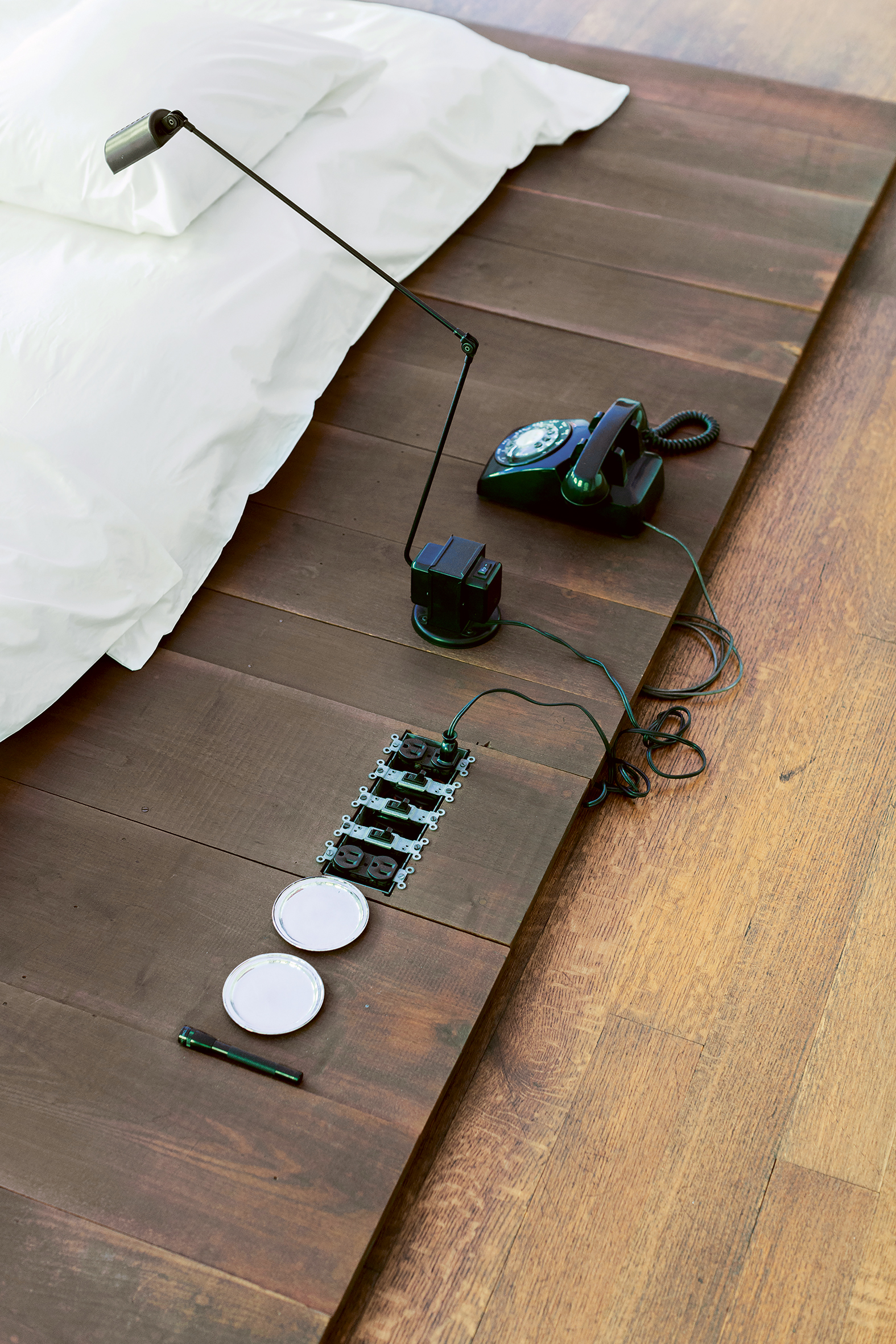
Everything pictured in the book (except for a bed Judd designed for his children shown in an archival photograph) is available for sale. It's all made to order, with the sheet metal furniture coming from Lehni, a Switzerland-based manufacturer that’s been producing these pieces since Judd first designed them, and the wood items coming from a US-based fabricator. But more than a catalogue, the book celebrates the inventiveness of the artist’s furniture and radical act of bringing something functional into the world. While the furniture might look simplistic, the pared-down forms represented an obsessive pursuit of achieving the just-right object that would mediate your relationship to space.
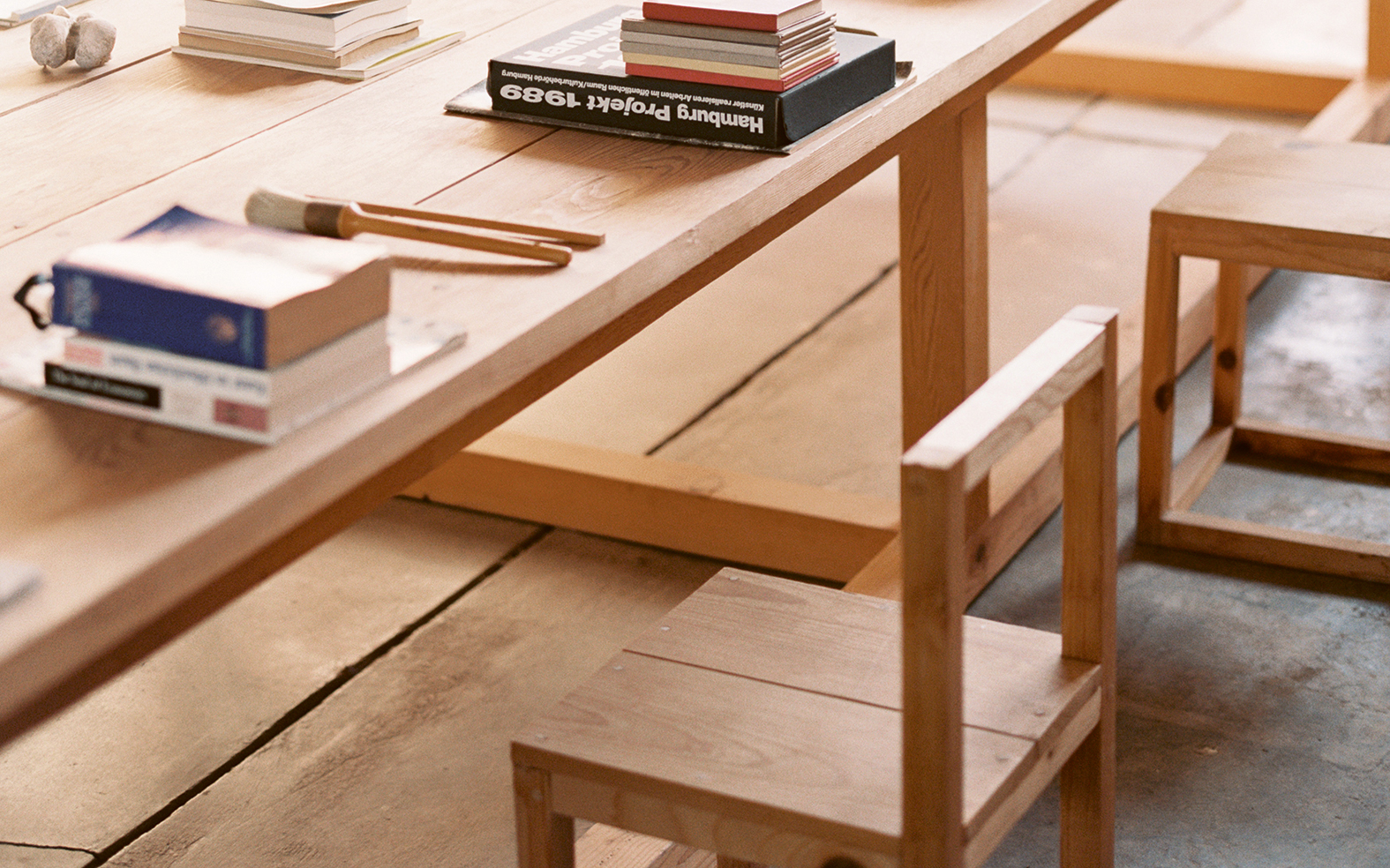
Last week, Judd’s daughter Rainer, who edited the book, and son Flavin, who is the foundation’s artistic director, explained the book’s premise and celebrated its launch with a talk in New York City hosted by design editor Tom Delevan. During the conversation – which took place in the auditorium of the Aldo Rossi-designed Scholastic building, just down the block from Judd’s SoHo home and studio at 101 Spring Street – Delevan served as a curious provocateur:
Do you have a favourite piece?
'No – I like 'em all,' Flavin deadpans.
Were you ever jealous of your friends’ more traditional apartments?
'Only their closets,' Rainer responds. (Judd eventually built one for her.)
Did you guys always call him Don?
'Yeah. Our mom is here. She can explain.'
What do you think of people who make very simple wood furniture that is Judd-inspired?
'That’ll be the most expensive furniture you ever made,' Flavin says.

Amid the playful banter, a more serious theme emerged. Flavin’s one-liner possibly alluded to that time when a certain reality television star’s infamous dupes landed her in a lawsuit, but it also animated a critical distinction that sometimes gets lost in relationship to Judd’s furniture. His foundation wants his work to inspire people – but not inspire rip-offs. And there are certainly a lot of them.
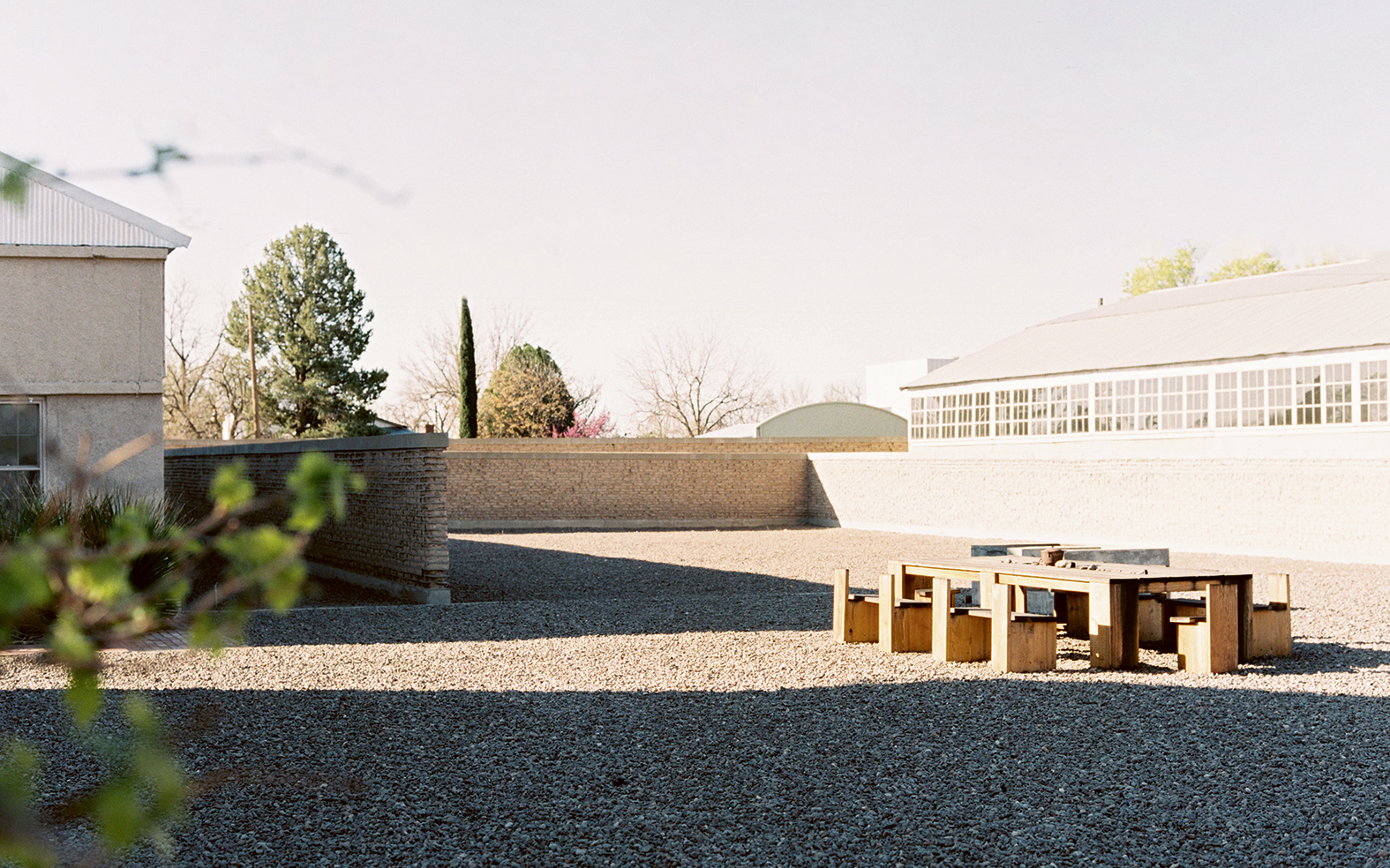
'Making this book is just as much about sharing Don's work as it is about sharing with everyone who ever thought of making anything that fits into your life, how you want to live, how you see, and what materials matter to you,' Rainer said. 'It's really important for us to encourage people and empower them not to give into a kind of oppressive homogenisation of a culture.' To which Flavin added: 'Make your own furniture. I mean, we want you to buy Judd furniture. But if you can't buy Judd furniture, go design your own.'
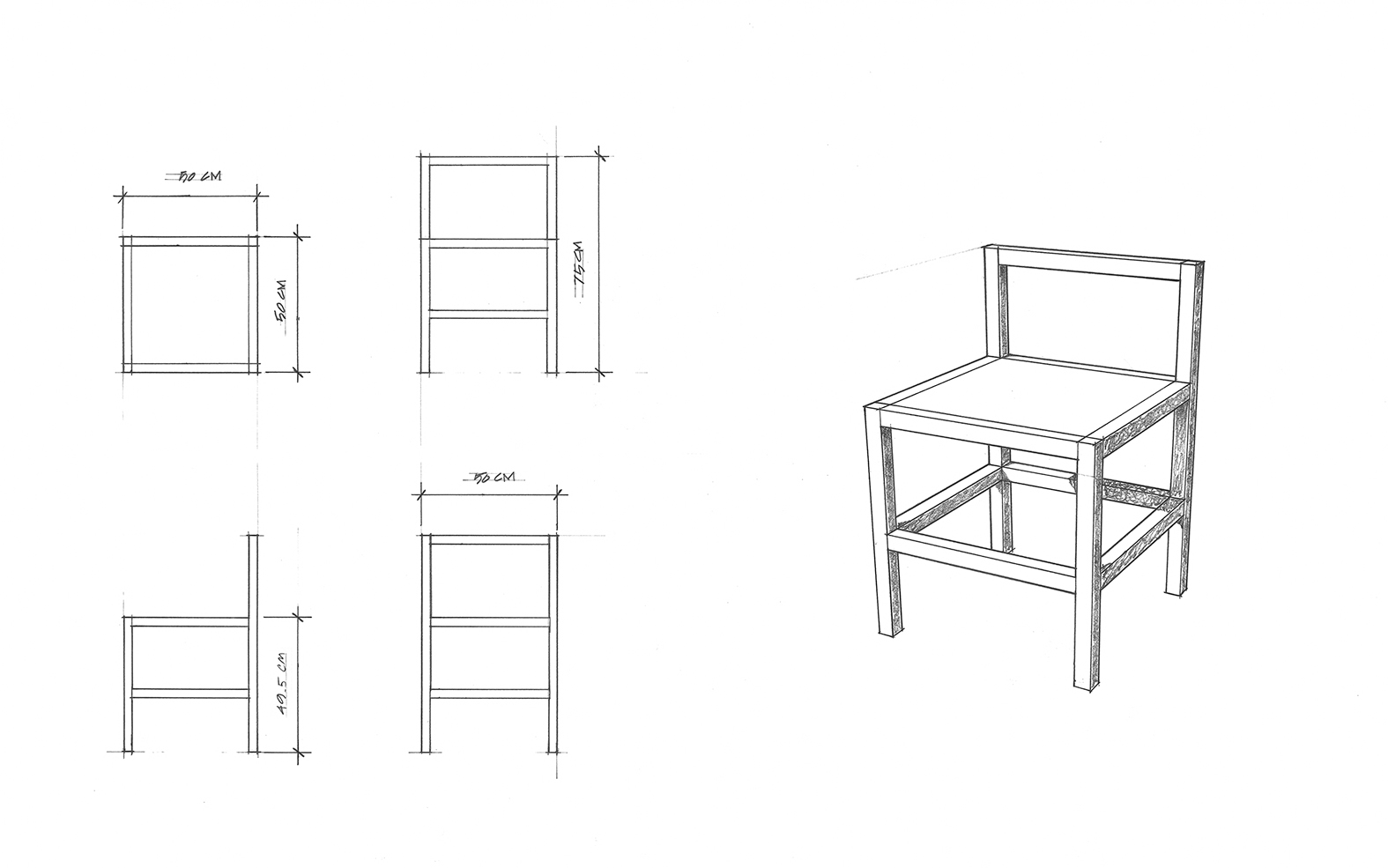
Donald Judd Furniture includes all the measurements of the objects depicted and separates them by material, but tempting as it may be, it’s not a recipe book. 'You've got to hang out with Judd furniture,' Rainer said. 'If you listen to really great proportions and the relationship between different pieces of furniture, then you learn something. And if you just go off arrogantly, making some halfass Judd-furniture-inspired thing, then you're not going to learn from somebody who spent 15 years refining the way objects and materials and proportions and real three-dimensional artworks are related in space. There's something of real value to learn from an educational point of view when you have a beautiful piece of furniture.'
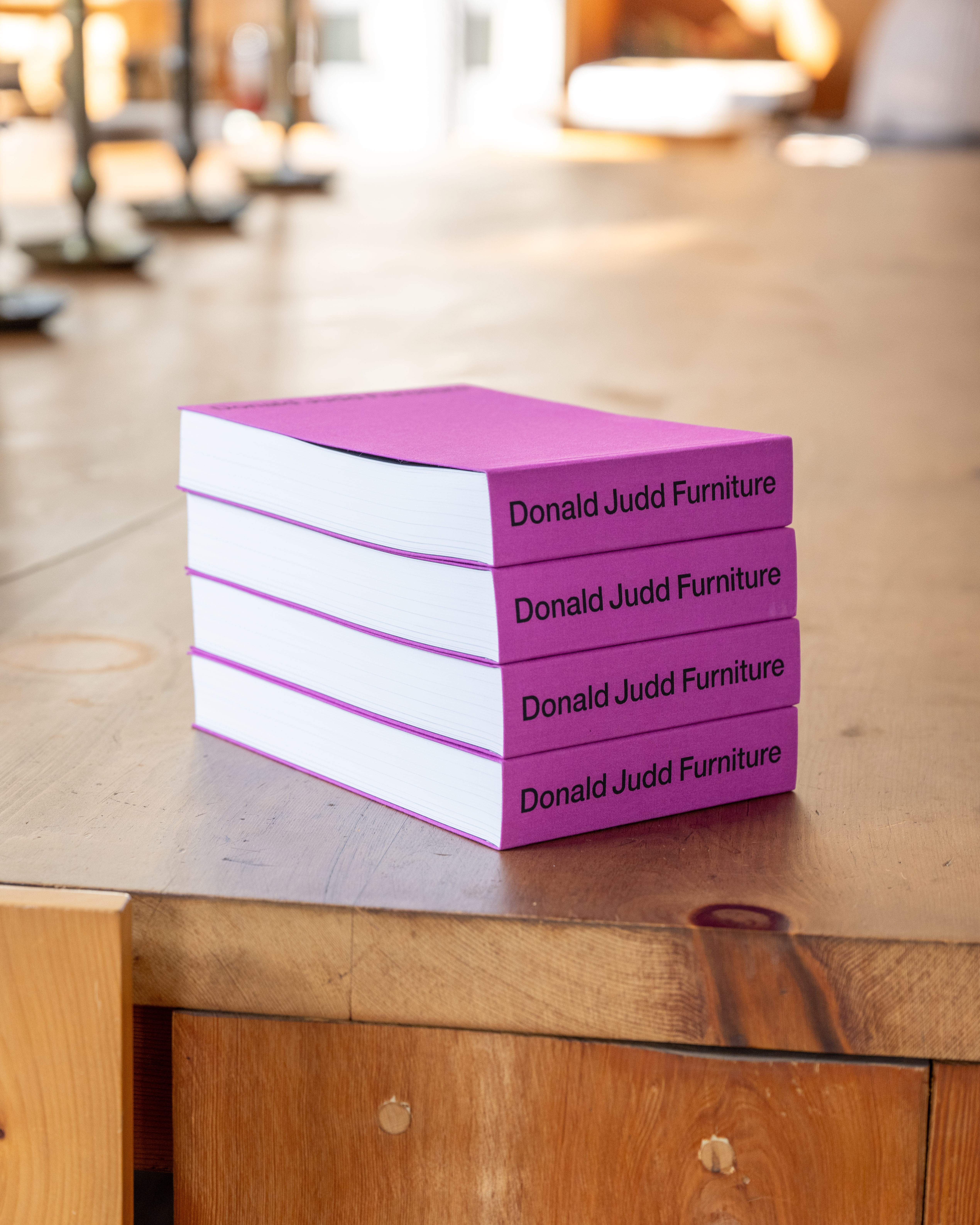
At $3,200 for a ‘Pine Library Stool 142’ and $6,000-$9,000 for a ‘Chair 84’, the pricing isn’t out of reach for collectors (especially considering recent auction results). The book, at $70, is far more accessible and is next best to the real thing. mackbooks.us and Amazon







